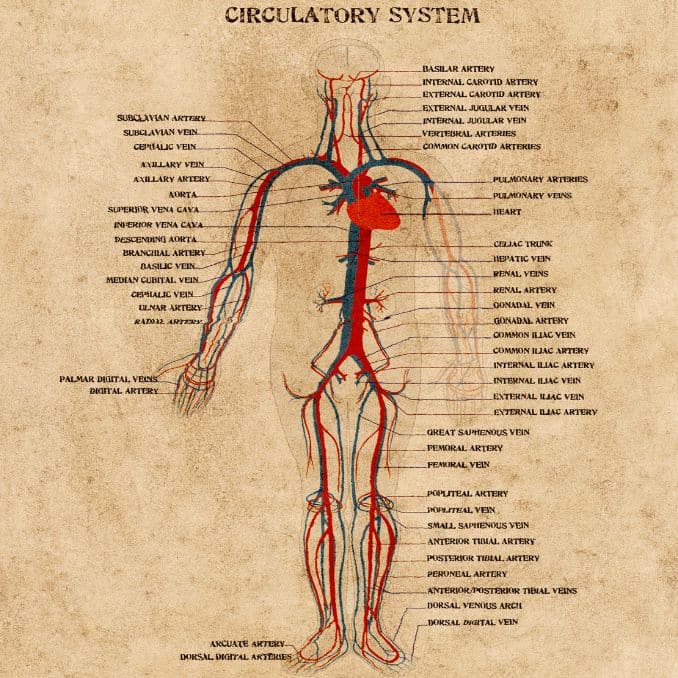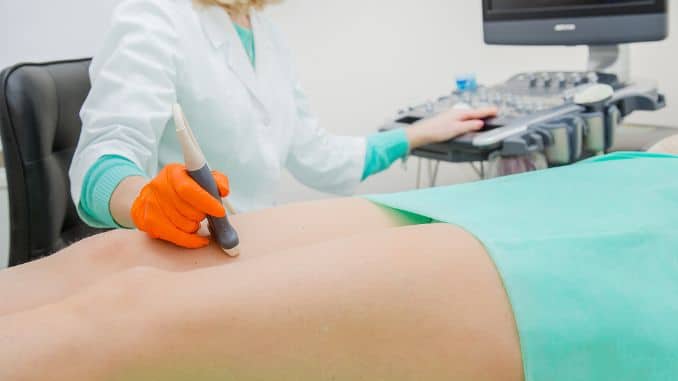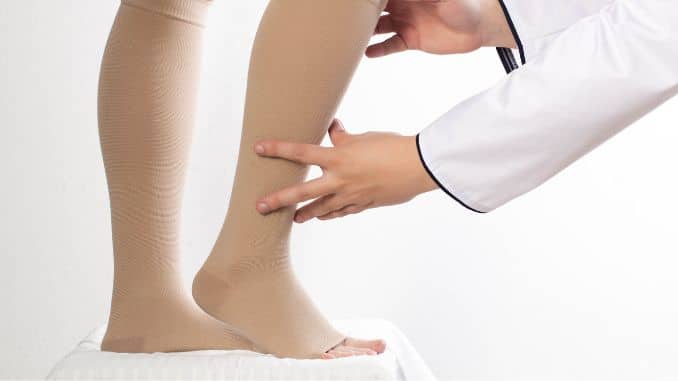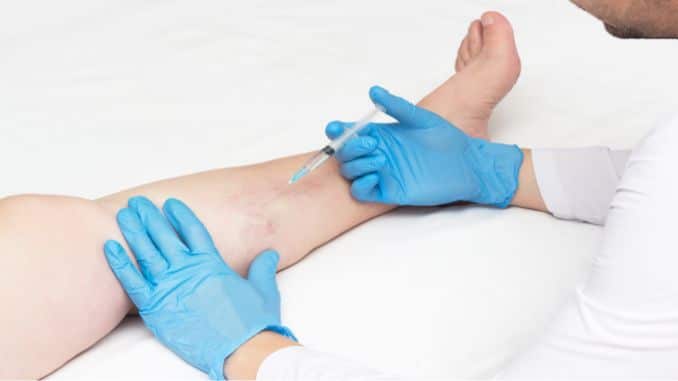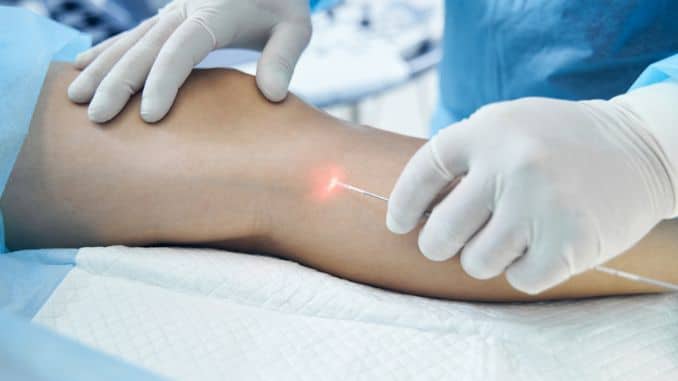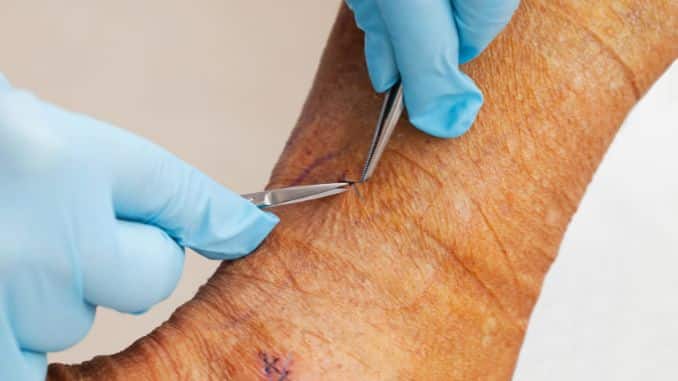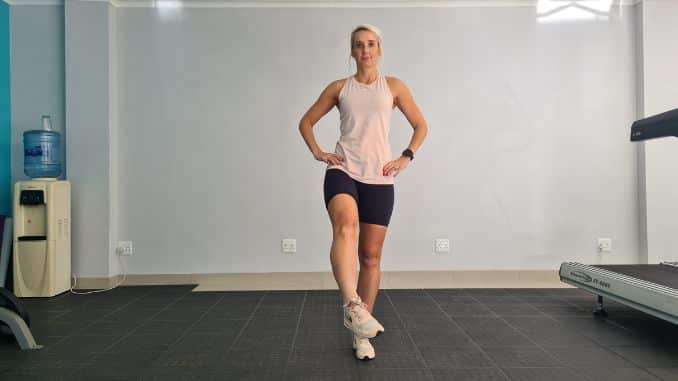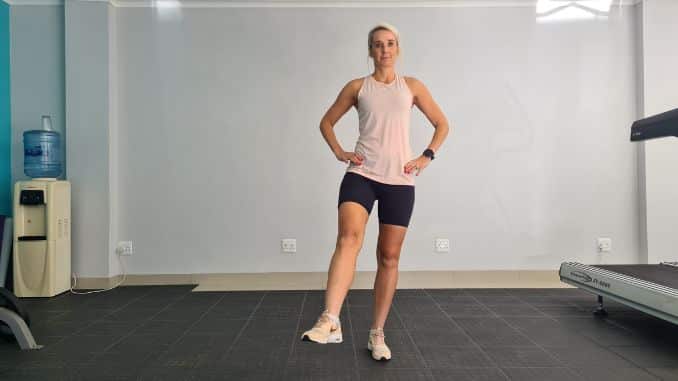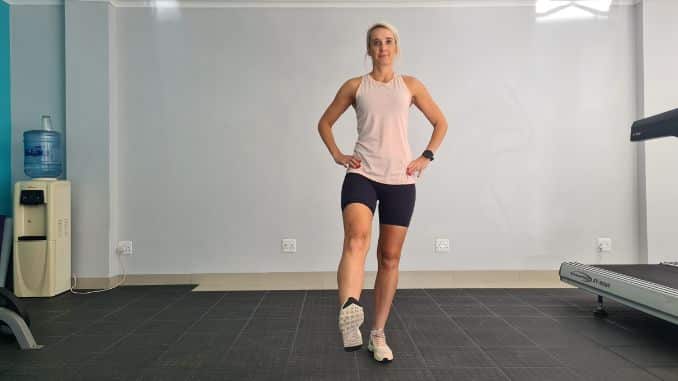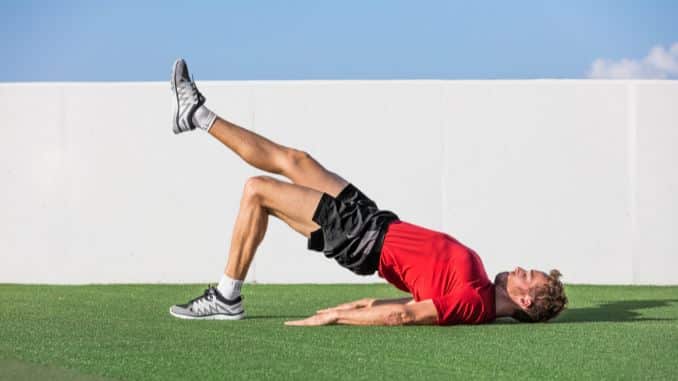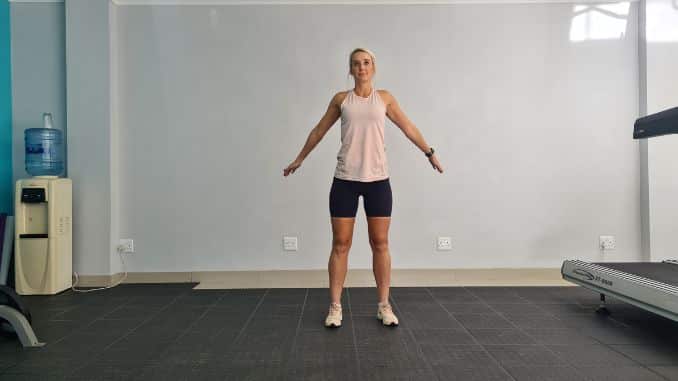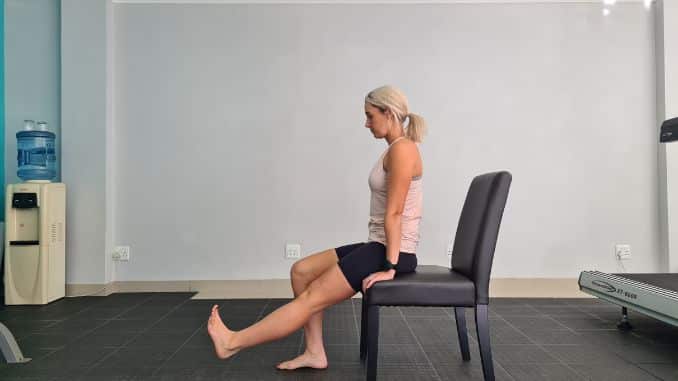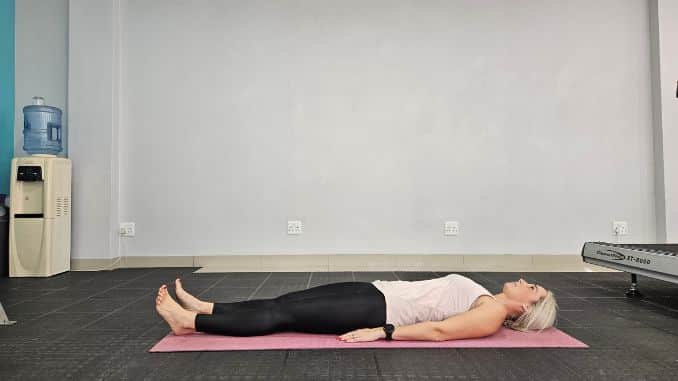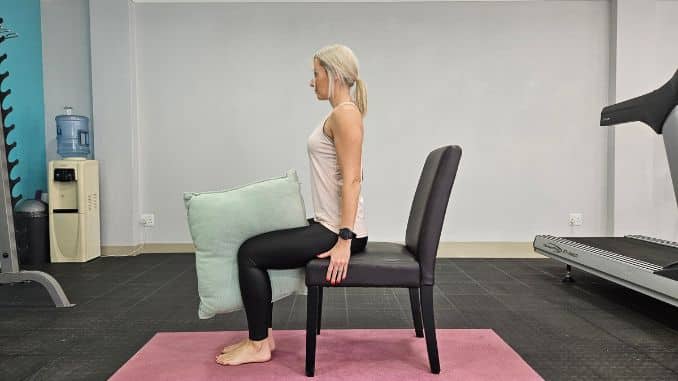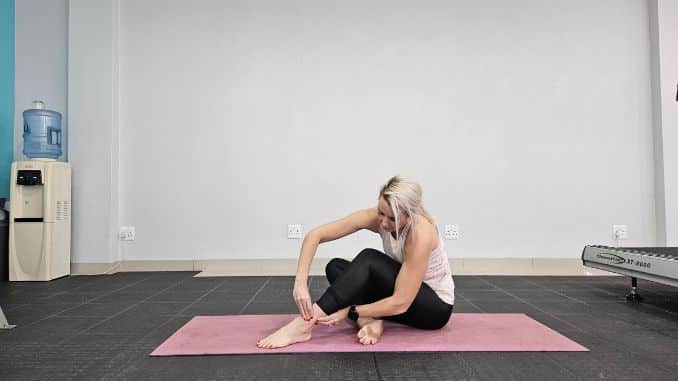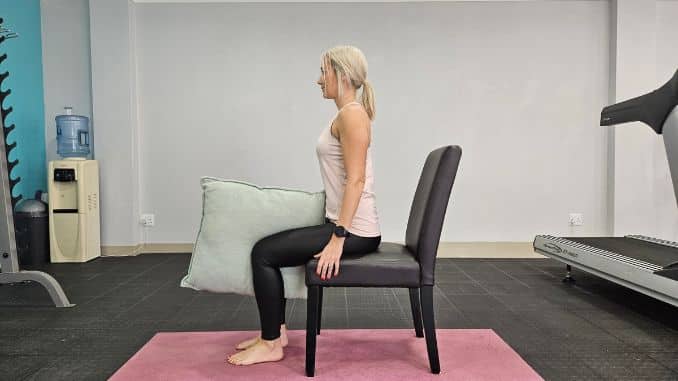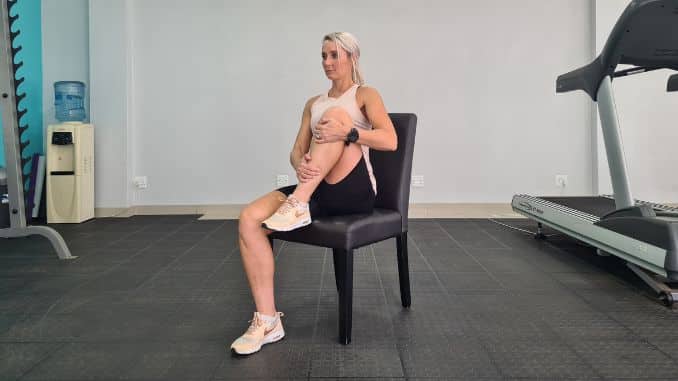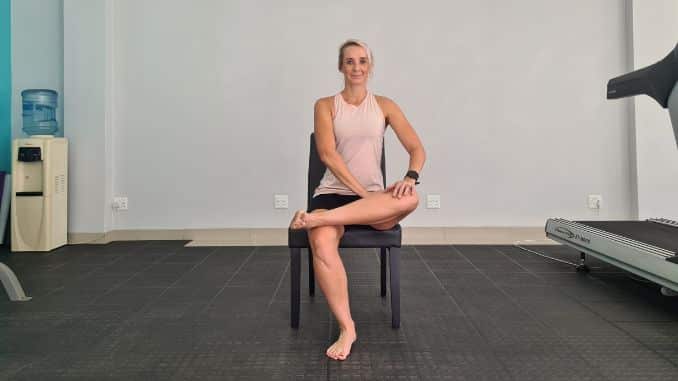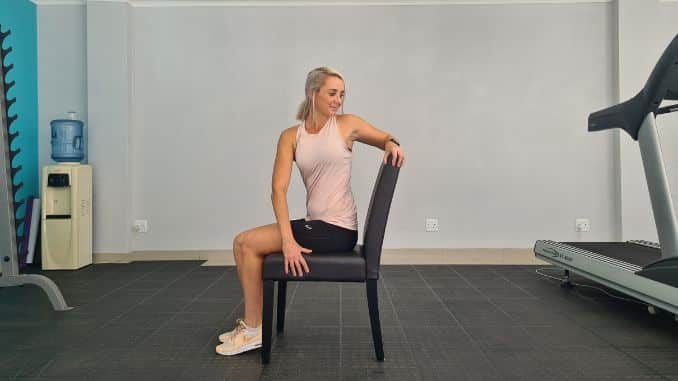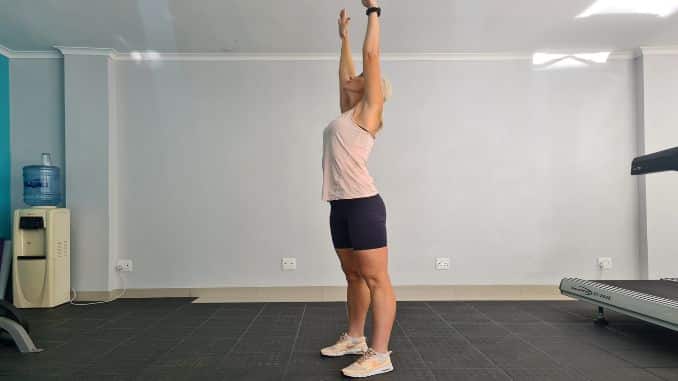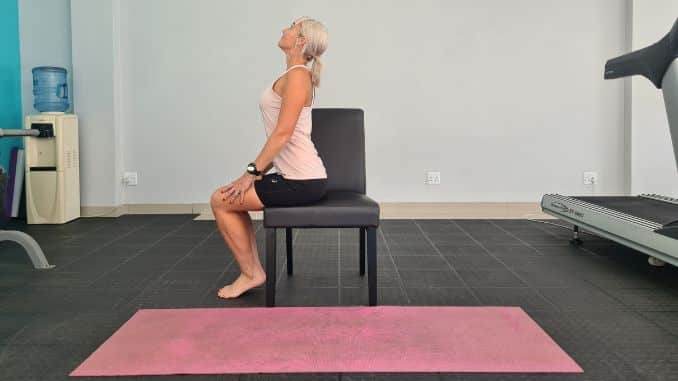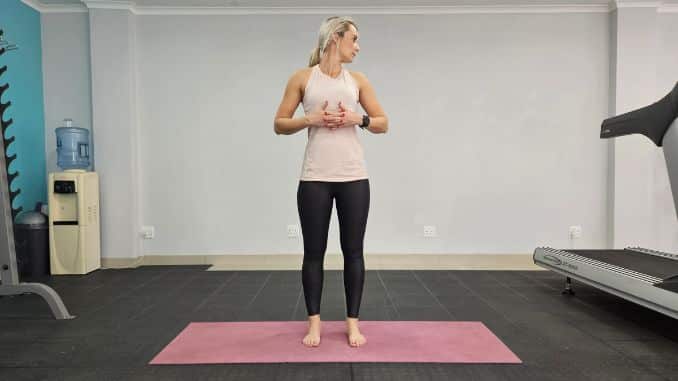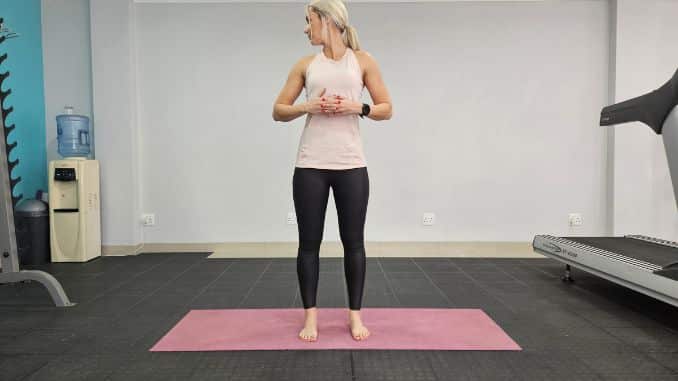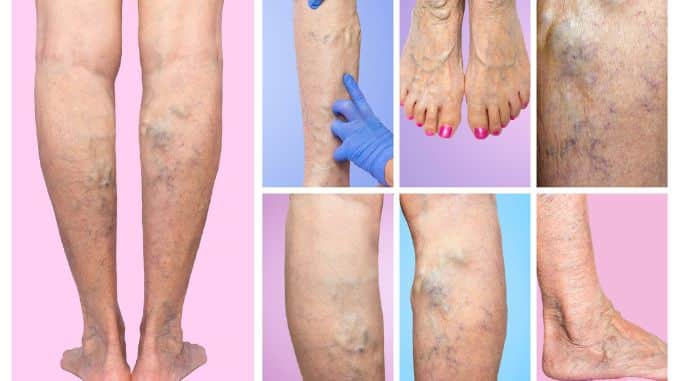
What is Chronic Venous Insufficiency?
Chronic Venous Insufficiency happens when the venous wall or valves are not working properly, causing the blood not to flow back to the heart from the legs. Because of this, pooling of blood in the veins occurs and is often called stasis.
If this persists, you may have pain, swelling, cramps, skin changes, varicose veins, and leg ulcers. Although it is not a severe health threat, it can still cause pain that could hinder our daily activities.
What Causes Chronic Venous Insufficiency?
People who are overweight, pregnant, have a family history and trauma to the leg due to surgery, previous blood clots, and more are at a higher risk of having Chronic Venous Insufficiency. Smoking, lack of exercise, and high blood pressure in the legs due to prolonged sitting or standing can also cause this condition.
Anatomy
There are three systems in the venous network:
1. Superficial Veins
These veins are close to the surface of the body. These veins are not paired with an artery, unlike deep veins. Superficial veins in the lower limb include:
-
- Small saphenous vein
- Great saphenous vein
2. Deep Veins
Located deep within the body. These veins are usually paired with an artery. Deep veins in the lower limb include:
-
- Common Femoral Vein
- Femoral Vein
- Profunda Femoris Vein
- Popliteal Vein
- Peroneal Vein
- Anterior Tibial Vein
- Posterior Tibial Vein
3. Perforating or Communicating Veins
These veins connect the superficial and deep venous systems.
Pathophysiology
The heart continuously supplies blood through a system of blood vessels called the circulatory system. These blood vessels are like elastic tubes that carry blood to different body parts. There are three main types of blood vessels: arteries, veins, and capillaries.
The main function of the vein is to take blood from other organs back to the heart. For this to happen, a one-way valve is present to pump it up and prevent backflow of the blood. However, in chronic venous insufficiency, there could be damage to the one-way valve, causing the blood to fall back or leak and pool in the area.
Veins can be damaged because of the following:
- Aging
- Prolonged sitting & standing
- Reduced mobility
When this happens, prolonged high blood pressure in the veins stays and causes chronic venous insufficiency.
Symptoms may include:
- Swelling in legs or ankles
- Varicose veins
- Leg Cramps
- Leg pain
- Brown-colored skin on the ankles
Types of Chronic Venous Insufficiency
Depending on the severity of the symptoms, it has three categories:
- Stage 1 – swelling, changes in skin pigmentation
- Stage 2 – swelling, changes in skin pigmentation, dermatitis
- Stage 3 – swelling, changes in skin pigmentation, varicose veins,
Diagnosis
To diagnose this condition, a full medical history and physical examination will be performed. Also, a duplex ultrasound test is done to determine a clot or reflux to a vein. Duplex ultrasound is a non-invasive procedure. It evaluates the blood flow through your arteries and veins.
Treatment
The goal of chronic venous insufficiency treatment is to reduce the pooling of blood and prevent leg ulcers.
- Compression Stockings
This is the most conservative treatment for chronic venous insufficiency, which can be purchased at any medical supply store. The compression also varies from 8 to 10 mm Hg, up to 40 to 50 mm Hg. A prescription may be needed for stockings with more than 20 mm Hg compression.
- Elevation
Elevating the legs can help to relieve pain instantly. A doctor may also instruct a patient to elevate the legs above the heart three or four times a day for about 15 minutes at a time. This can help to reduce swelling. If prolonged standing or sitting is necessary, bending the legs several times will help promoteulation.
- Skin Care
Practicing a good skincare routine is important. Keeping your skin moisturized could help prevent flaking and cracking.
- Sclerotherapy
It is a non-surgical treatment where they inject medicine, called a sclerosant, into the blood vessel, which causes them to shrink. It is used to treat varicose veins.
- Endovenous Laser Ablation or Radiofrequency Ablation (RFA)
A new technique, it is a minimally invasive procedure that uses a tube (catheter) to put heat into the affected vein. This procedure closes the vein so that less blood pools in it.
Surgical Treatment
A. Ligation and Stripping
As the name suggests, vein ligation is a procedure where they cut and tie the affected vein. On the other hand, stripping is the surgical removal of large veins. Ligation and stripping are often done in combination.
B. Microincision/Ambulatory Phlebectomy
Small or micro incisions are done in veins, and a phlebectomy hook will be used to remove the affected vein.
C. Vein Bypass
Typically just the same as a heart bypass, a healthy vein is transplanted to reroute blood around the affected vein. This is only used for the upper thigh and in most severe cases.
Exercises
Simple exercises or activities can help a person with chronic venous insufficiency. It keeps the blood moving and improves the body’s circulation. Through these activities, it helps pump the blood in your legs in a healthier manner toward the heart.
Here are a few exercises you can do:
A. Walking
If you’re able, simply getting up for a short walk is a great thing to do. When you’re in the hospital, don’t be afraid to tell your nurse you want to take a walk. And just moving from your bed to a chair will help your circulation. When you’re on an airplane, take a trip to the restroom or stand up and stretch when possible. On a road trip, stop frequently to walk and stretch your legs.
B. Chair Exercises
When you can’t walk, you can do movements while seated. Doing a set of five repetitions of each, about every half hour, is recommended.
- Foot Pumps
Place your feet flat on the floor, and then raise your toes toward you and hold for a few seconds. Lower your toes and balls of your feet to the floor, then raise your heels and hold for another few seconds.
- Ankle Circles
Raise both feet off the floor and trace a circle with your toes. You could also trace each letter of the alphabet to keep yourself occupied.
- Single Leg Raises
If you have room in front of you, raise your left foot off the floor. Straighten the leg slowly, then return your foot to the floor. Repeat with your right leg. Alternatively, slowly lift your left knee up to your chest, then bring your foot back to the floor; repeat with your right leg.
- Shoulder Rolls
Although you’re less likely to form a clot in your upper body, keeping your blood flowing doesn’t hurt. Simply raise your shoulders and circle them back and down five times. Then reverse direction for five more repetitions.
C. Stretching While Lying Down
Here are movements to do when you’re lying in bed or on a couch.
- Foot Pumps
Although this can be done in a chair, these are especially beneficial when your legs are elevated, Robertson said. To do them in this position, stretch your toes up and back, flex your feet, and hold for a few seconds. Then point your toes and hold before repeating.
Lie on your back with your legs straight and raise one leg to a 90-degree angle with your body. Pull the leg gently toward you and hold for up to 30 seconds. Then slowly bring your leg back down to a flat position, and repeat with your other leg.
- Thigh Stretch
From the same flat starting position, bring one knee into your chest, hold with your hands for 15 seconds, and then return your leg straight. Repeat with the other knee.
D. Mobility on Planes, Trains, and Automobiles
If you are going on a long ride in a plane, train, or even automobile, you must flex or extend your feet and legs to prevent chronic venous insufficiency. Here are some exercises you can do during the trip.
1. Feet
If possible, take off your shoes. If your shared travel space does not make this feasible, you can go through most of these exercises with your shoes on.
-
Gentle Massage & Mobility
Remove your shoes and cross one ankle over your opposite knee. Use your fingers to massage the bottoms of your feet gently. Use your hands to pull your toes back towards your shin, then push your foot forward to point your toes. Repeat this movement several times, holding each position for several seconds.
Alternate Exercise: Toe Presses
If space is confined and you are wearing shoes, lift your toes and press them into the tops of your shoes. Then alternate by pressing your toes into the soles of your shoes. Hold each position for 20 seconds.
2. Legs
-
Pillow Squeezes
Use a cushion or folded-up blanket to complete this Chronic Venous Insufficiency exercise. If you do not have a pillow or blanket, use a folded-up sweater or jacket. Place the pillow between your knees. Squeeze your knees together, then relax. Repeat the movement 5 – 10 times.
-
Heel Raises
Use a cushion or folded-up blanket to complete this exercise. Use a folded-up sweater or jacket if you do not have a pillow or blanket. Place the pillow between your knees. Squeeze your knees together and hold this position. Lift your heels and raise your toes on both feet. Hold this position for 30 seconds to 1 minute. Relax and return to the starting position. This exercise activates the muscles in your lower legs and helps promote circulation.
-
Toe Raises
Use a cushion or folded-up blanket to complete this exercise. Use a folded-up sweater or jacket if you do not have a pillow or blanket. Place the pillow between your knees. Squeeze your knees together and hold this position. Lift your toes on both feet. Hold this position for 30 seconds to 1 minute. Relax and return to the starting position. This Chronic Venous Insufficiency exercise activates the muscles in your lower legs and helps promote circulation.
-
Glute Activation
This exercise might be better suited to a car than a plane, where space is even more limited. This Chronic Venous Insufficiency exercise activates and engages your glute muscles, which can help decrease pain and stiffness in your buttocks after sitting for long periods. Sit in an upright position. Hold onto the seat of your chair for support if needed. Extend both legs forward, press your toes into the seat or mat in front of you, and squeeze your glutes. Hold this position for 20 seconds.
3. Hips
-
Seated Hip Flexion
Sit in an upright position. Lift one knee and use your hands to pull your knee closer to your chest. Hold this position for 10 – 20 seconds. Lower your knee to the starting position and repeat the movement on the opposite side.
-
Seated Figure 4 Stretch
Sit in an upright position. Cross one ankle over your opposite knee. If space allows, lean your upper body forward to increase the intensity of the stretch. Push down on your bent knee to assist the movement. Hold this position for 10 – 20 seconds. Return to the starting position and repeat the movement on the opposite side.
4. Back
-
Spinal Twist
Sit in an upright position. Press your feet into the floor and rotate your upper body to one side. Hold onto the armrest of your chair with your opposite hand to move more deeply into the stretch. Hold this position for several deep breaths. Relax and return to the starting position. Repeat the movement on the opposite side.
-
Forward Fold with Twist
This Chronic Venous Insufficiency exercise may not be possible if your space is too limited. Start in an upright sitting position. Hinge from your hips to lean your upper body forward and hold onto your shins with both hands. Hold this position for several deep breaths. Turn your body and touch your ankle with your opposite hand. Hold this Chronic Venous Insufficiency exercise position for several deep breaths. Raise your opposite arm upward to stretch your chest. Return to the center position and repeat the movement on the opposite side.
-
Arms Overhead Back Arch
Hold your jacket in both hands with your arms about shoulder-width apart. Raise your arms overhead, then arch your back. Hold this position for 10 – 20 seconds. Relax and return to the starting position.
-
Seated Cat-Cow
Begin in an upright seated position. Either place your hands on the seat/dashboard in front of you or rest them on your thighs. Shift your hips forward, round your back and shoulders, and lower your head. Reverse the movement by shifting your hips back, arching your back slightly, and tilting your head back to look upward. Hold each position for several seconds and complete 5 – 10 repetitions.
5. Neck
-
Neck Rotations
Some planes now offer adjustable headrests with sides that can mold around your head. If you have a travel pillow, that works well too. Otherwise, simply use your hands to assist in this exercise. Begin in an upright seated position. Rotate your neck to one side, pressing your head into your seat, pillow, or hand. Take several deep breaths, holding for approximately 20 seconds. Relax, return to the starting position, and repeat the movement on the opposite side.
Meanwhile, here are some of the things you can do to reduce the risk of having chronic venous insufficiency:
-
- Exercise regularly
- Have a healthy balanced diet
- Avoid smoking
- Avoid wearing fitted clothes
- Avoid prolonged sitting or standing
- Elevate your legs if you are sitting or lying down
- Practice having a good skin care hygiene
- Wear compression stockings
Takeaway
Chronic Venous Insufficiency can be prevented with proper diet and regular exercise. However, in case of visible symptoms, you may check with your doctor to diagnose what stage you are in and can recommend the right treatments for you.

